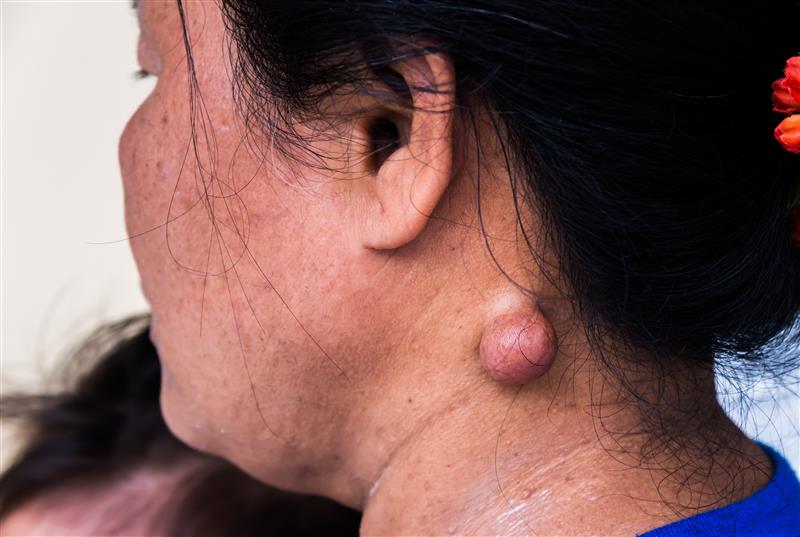If you have noticed a small lump under your skin, you might wonder what it is. A sebaceous cyst is a common, non-cancerous bump that forms beneath the skin. Often, these cysts are harmless, but sometimes they can cause discomfort or become infected. In this guide, you will learn about sebaceous cyst causes, symptoms, diagnosis, and treatment options. You will also find tips for prevention and advice on when to see a doctor.
What is a Sebaceous Cyst?
First, let’s understand what a sebaceous cyst is. A sebaceous cyst is a closed sac under the skin filled with a yellowish, oily substance called sebum. Usually, these cysts form on the face, neck, scalp, or back. However, they can appear anywhere on the body. Most sebaceous cysts grow slowly and do not cause pain. But, if they become infected, they may swell or hurt.
Common Causes of Sebaceous Cysts
There are several reasons why sebaceous cysts develop. Knowing the causes can help you understand your risk. Some common causes include:
Sometimes, sebaceous cysts form for no clear reason. But, blocked glands are the most common cause.
Recognizing Symptoms
Most sebaceous cysts are easy to spot. Still, it helps to know the signs. Common sebaceous cyst symptoms include:
Usually, sebaceous cysts do not hurt. However, if you notice pain, redness, or warmth, the cyst may be infected and need medical care.
How Sebaceous Cysts are Diagnosed
Doctors can often diagnose a sebaceous cyst by looking at it and feeling it. Sometimes, they may ask about your symptoms or medical history. In rare cases, your doctor might order an ultrasound or take a small sample (biopsy) to rule out other conditions. According to the CDC, most cysts are harmless and do not need special tests.
Treatment Options for Sebaceous Cysts
Many sebaceous cysts do not need treatment. But, if the cyst is painful, infected, or bothersome, your doctor may suggest removal. Treatment options include:
At-home treatment, like warm compresses, can help small cysts. However, never try to squeeze or pop a cyst yourself. This can cause infection or scarring. For safe sebaceous cyst removal, always see a healthcare provider. If you are looking for sebaceous cyst treatment in your area, search for local clinics or dermatologists.
Prevention and Self-Care Tips
While you cannot always prevent sebaceous cysts, some steps may lower your risk. Try these tips:
Additionally, if you have a cyst, avoid picking at it. This can help prevent infection and scarring.
When to See a Doctor
Most sebaceous cysts are harmless. Still, you should see a doctor if:
Early care can help prevent problems. The World Health Organization (WHO) recommends seeking medical advice for any new or changing skin lumps.
If you notice a lump or have concerns about a sebaceous cyst, consult a healthcare specialist for personalized advice.
